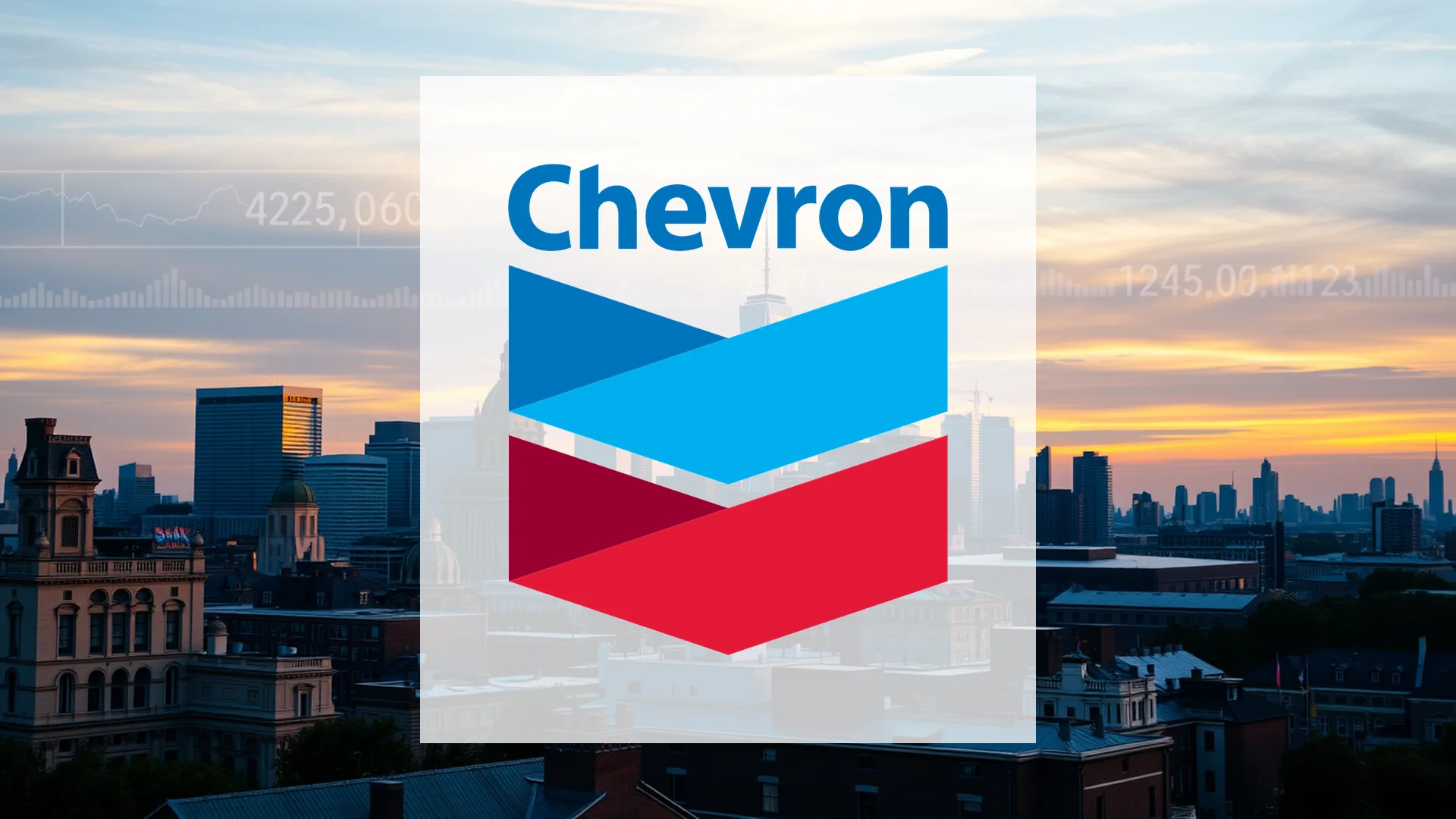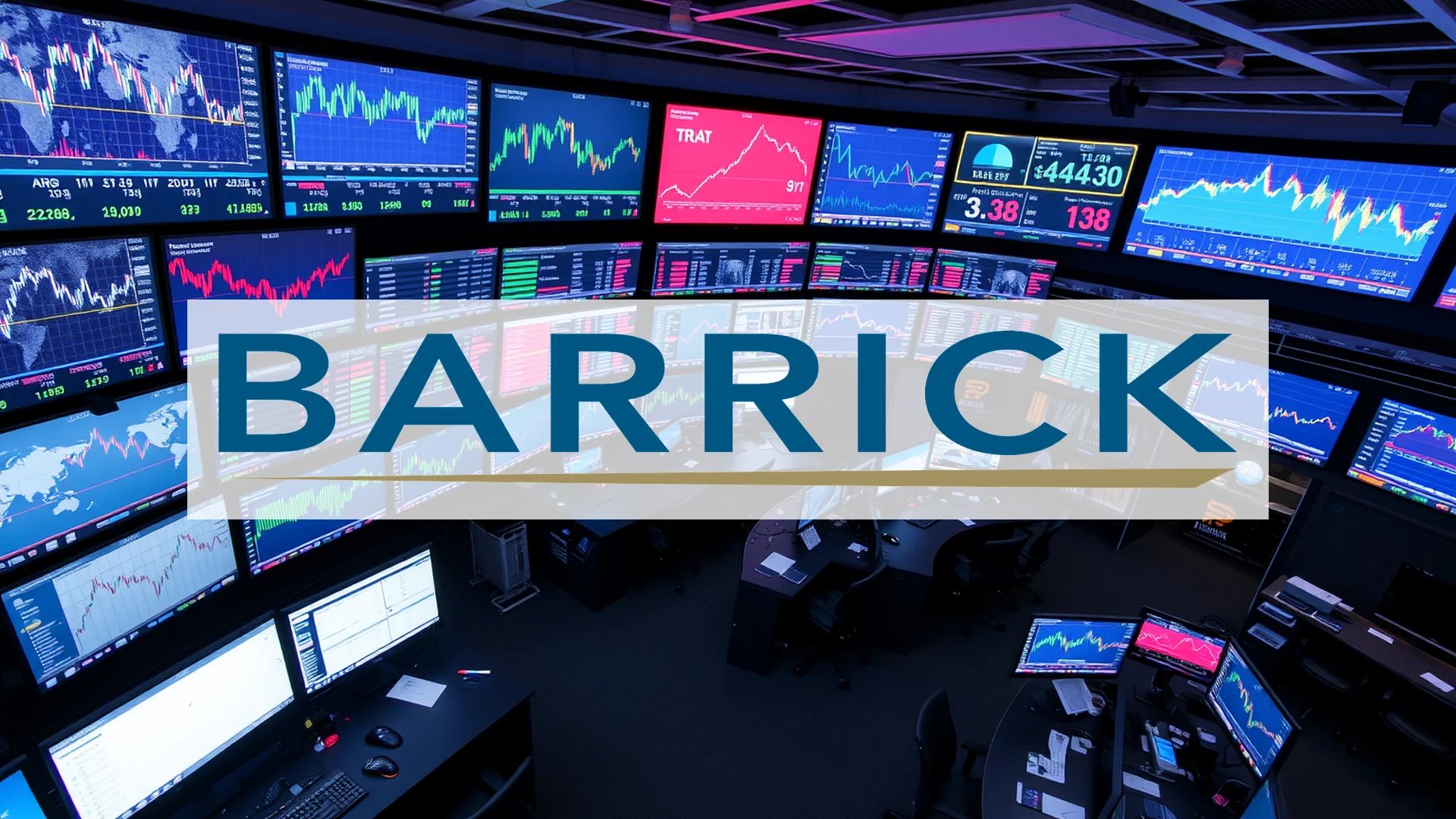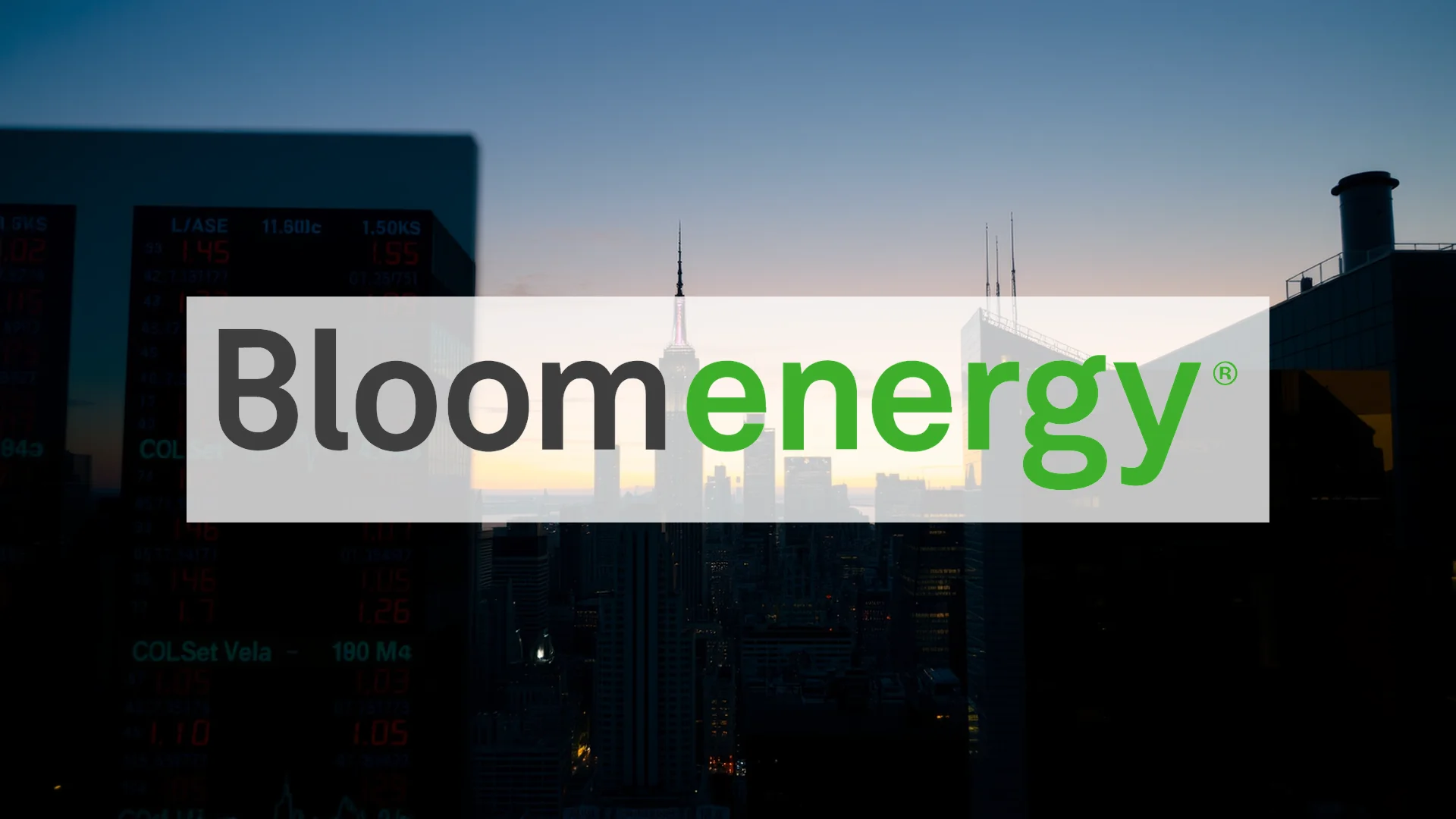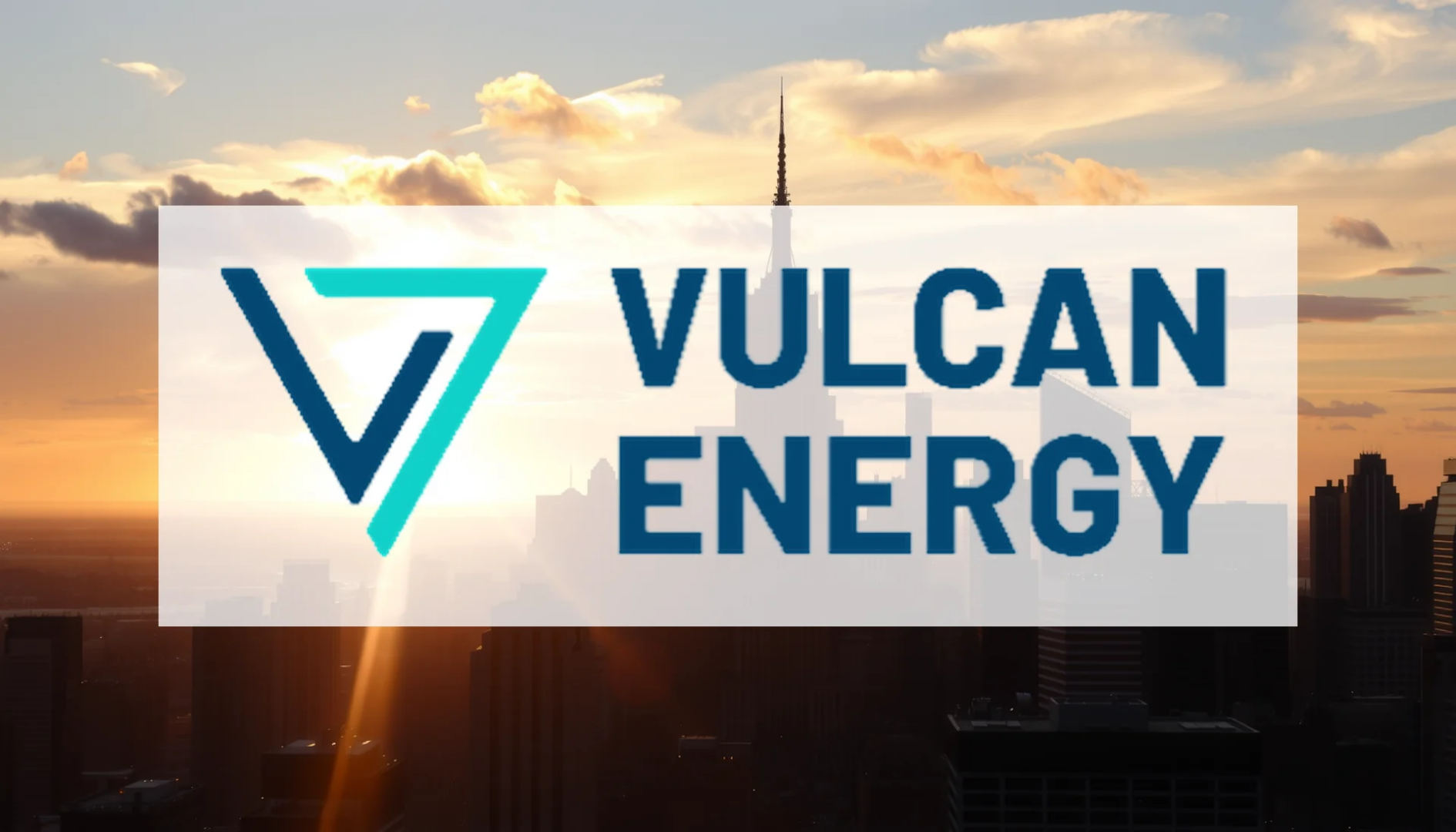Chevron Corporation finds itself navigating a complex landscape where ambitious long-term growth plans are being tested by immediate operational pressures and geopolitical tensions. The energy giant’s recent performance reveals a company at a crossroads, balancing significant strategic acquisitions against a backdrop of declining profits and new international sanctions.
Quarterly Performance: A Mixed Bag for Investors
The company’s latest quarterly report presented a paradox for the market. While Chevron’s adjusted earnings per share of $1.77 surpassed analyst expectations of $1.58, its reported net income told a different story, falling to $1.45 per share from $2.43 in the same quarter last year. Revenue declined by 12.4%, despite slightly beating estimates, primarily due to lower crude oil prices and reduced production volumes. A significant contributing factor was a $215 million loss stemming from the revaluation of Hess shares ahead of the acquisition.
Geopolitical Challenges Test Strategic Vision
Chevron’s forward-looking strategy, centered on major expansion moves, now faces immediate challenges. The completion of the $53 billion Hess acquisition in July 2025 provides access to lucrative oil fields off the coast of Guyana, representing a cornerstone of the company’s growth agenda. Simultaneously, Chevron is expanding its liquefied natural gas (LNG) operations and considering investments in European regasification terminals, positioning itself to capitalize on the energy market reshuffle following the loss of Russian pipeline supplies.
However, these strategic initiatives are confronting headwinds from recent geopolitical developments. New U.S. sanctions against Venezuela have effectively halved Chevron’s exports of Venezuelan oil by prohibiting payments to the Maduro government, drastically reducing exportable volumes from their joint ventures.
Should investors sell immediately? Or is it worth buying Chevron?
Market Sentiment Reflects Uncertainty
Financial analysts display divided opinions on Chevron’s outlook. Although average price targets ranging from approximately $165 to $172 suggest potential upside, concerns about overvaluation were highlighted by a recent “Sell” rating. The analyst expressed apprehension about slowing growth in the Permian Basin and an increasingly saturated oil market. In response to these challenges, Chevron has indicated it will focus on optimizing production in the Permian Basin through efficiency gains rather than further expansion.
Key Financial and Operational Highlights:
* Q2 Adjusted EPS: $1.77 (Beat estimates of $1.58)
* Quarterly Dividend: $1.71 per share (Annual yield: 4.4%)
* Hess Acquisition: Finalized in July 2025 for $53 billion
* Venezuelan Exports: Cut by half due to new U.S. sanctions
The critical question for investors is whether Chevron’s long-term strategic investments can overcome the current adverse geopolitical climate. The company’s ability to navigate these competing forces will likely define its market performance in the coming months.
Ad
Chevron Stock: Buy or Sell?! New Chevron Analysis from December 24 delivers the answer:
The latest Chevron figures speak for themselves: Urgent action needed for Chevron investors. Is it worth buying or should you sell? Find out what to do now in the current free analysis from December 24.
Chevron: Buy or sell? Read more here...










